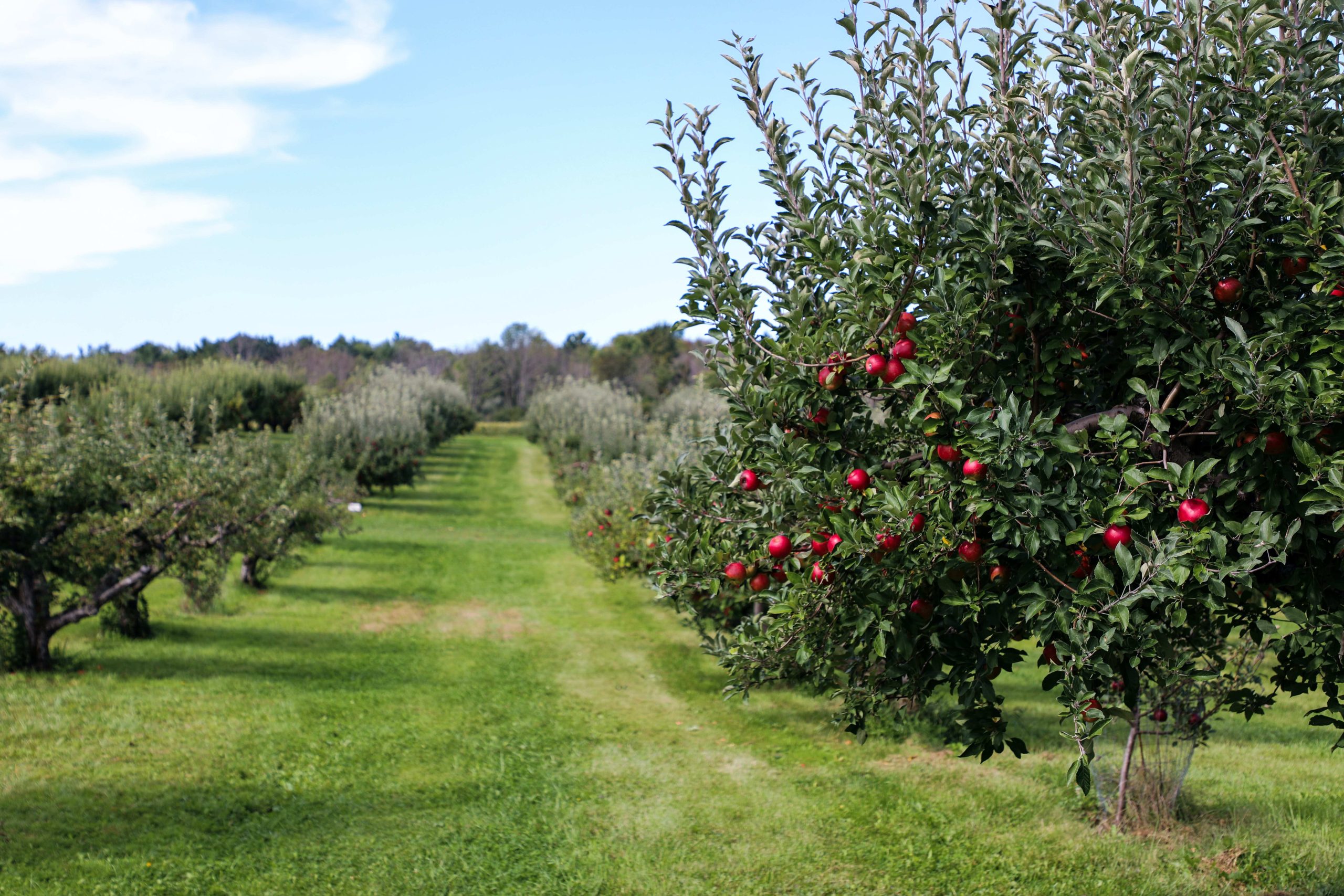Apple bark canker (Nectria galligena) is a very important disease of apples, originating from wounds.
Disease attack
Bark of branches and trunk
Disease pathogen
The fungus Nectria galligena.
Symptoms of the disease
In spring, on young shoots or one-year-old branches, reddish lesions are observed centered around wounds caused by pruning, frost, or other mechanical damage. These injuries later develop into cankers. On older branches, cankers deepen and form concentric rings around the wounds. The plant attempts to heal the wounds by forming callus tissue, but typically fails, allowing the disease to penetrate deeper into the tissue. As the cankers enlarge, this results in branch drying and sometimes the death of the entire tree


Disease biology
The causal agent of apple bark canker overwinters in the form of perithecia, which appear in 3 to 4-year-old cankers. At the end of winter and during spring, ascospores are released. They are creamy-white in spring and later turn reddish during the year. Cushions of conidia appear on fresh wounds in spring. On older cankers, conidia and ascospores are visible throughout the year, but their formation and germination depend on climatic conditions. Both ascospores and conidia can contaminate wounds. “Leaf-to-leaf” contamination is also possible.
Required conditions for infection
Bark canker causes the most trouble in mountainous areas (higher humid locations).


Protection against bark canker
For preventive agrotechnical measures, it is recommended to plant healthy seedlings, form a canopy with good ventilation to prevent branches from touching, avoid planting in frost-prone areas, and protect wounds caused by pruning, hail, frost, or other mechanical damage.
If the disease has developed, control is carried out by intensive pruning to remove all branches showing symptoms of the disease. Infected branches that are pruned should be burned. It is recommended to treat the resulting wounds by applying a paste (such as Mikazol or Biopol V).
For sensitive varieties such as Gala, Braeburn, Jonagold, Golden Delicious, Pinova, and Fuji, it is necessary to avoid pruning that causes large wounds because they promote the development of apple bark canker pathogens.
During spring, it is necessary to perform a late spray with copper-based preparations, while later, surface fungicides intended for apple scab control are used. Immediately after harvesting, copper preparations can be sprayed. During warm and rainy autumns, it is recommended to apply up to two sprays of copper-based fungicides during leaf fall.













































